Creating “Sports” When Breeding Racing Pigeons
Overview
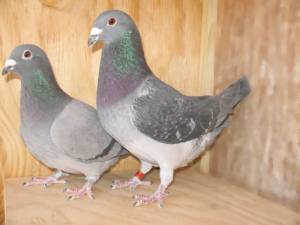 I use the term “Sports” because it was a term used by M.H. “Dad” Paget in his book Intensive Line-breeding. In his term of sports it was used to define products of successful breeding. A Sport was a bird that was superior to the standard. I like the term because Champions are far and few between but most lofts have a few sports. Our goal in breeding is to create better birds with the genetic material that we possess in our loft. Breeding means having a strategy and using that strategy to cleans and purify our gene pool. By having a strategy and a system, we can eliminate deleterious genes and attempt to gather a greater concentration of positive genes in one single specimen. Yes, I really like the term “Sport”. It defines what the goal of our hard work should be. I have loosely described the systems of in-breeding and line-breeding and crossing. I have written about strains and families of pigeons. But how do you put this all into practice? I have a system that incorporates both in-breeding, line-breeding and finally crossing birds from those lines to create hybrids that hopefully become sports. If these hybrids meet our potential, we can then begin to in-breed and line-breed from them. So this section will outline my system and how to implement it.
I use the term “Sports” because it was a term used by M.H. “Dad” Paget in his book Intensive Line-breeding. In his term of sports it was used to define products of successful breeding. A Sport was a bird that was superior to the standard. I like the term because Champions are far and few between but most lofts have a few sports. Our goal in breeding is to create better birds with the genetic material that we possess in our loft. Breeding means having a strategy and using that strategy to cleans and purify our gene pool. By having a strategy and a system, we can eliminate deleterious genes and attempt to gather a greater concentration of positive genes in one single specimen. Yes, I really like the term “Sport”. It defines what the goal of our hard work should be. I have loosely described the systems of in-breeding and line-breeding and crossing. I have written about strains and families of pigeons. But how do you put this all into practice? I have a system that incorporates both in-breeding, line-breeding and finally crossing birds from those lines to create hybrids that hopefully become sports. If these hybrids meet our potential, we can then begin to in-breed and line-breed from them. So this section will outline my system and how to implement it.
Purpose
As stated the purpose of the system is to use the tools of in-breeding and line-breeding reveal both deleterious and positive genes within our pool. This will allow us a better chance to eliminate bad genes and concentrate good genes in homozygous specimens. When ever you line-breed and in-breed selection becomes paramount. Selection of the off spring and selection of the birds to place back into the line. With all the close breeding of various lines, it also calls for excellent record keeping and organization. I have a system in place for that as well. Understand that from one pair, you can be working on multiple lines after only a few generations in a fairly short period of time. Because we are working with very intensive breeding, we have to differentiate between the various lines. It’s a scientific method of monitoring and cleansing a genetic line. Therefor we must be able to track each line and work them separately.
Record Keeping
It’s a “no brainer” that you need to keep accurate breeding records. I’m not going to describe how to keep a breeding record in this section as this is not for the beginner. This is for the established fancier who wants to use these tools to improve their stock loft and it’s results. I use computers for my records. I used to use a program in which I would use the “strain” field to assist me in tracking lines. That field was free form and had a very good search system of records that allowed for “wild cards” when conducting a search. I could easily pull up a list of birds from certain lines and exclude pigeons that I no longer had with little problem. I eventually switched to Hawkeye Loft Manager. It was superior in some elements but I lost my free form entry and the ability to search my records as easily. Now I use the comments fields to make my annotations used for tracking breeding lines and generations.
Annotations
This section may not make perfect sense the first time through, but after you get deeper into this system, come back to this portion and then it will make perfect sense. An annotation is a way of writing in a comment section the line the bird is from and the generation it represents. You can be working multiple lines at the same time with various generations, so being able to track them is very important. Correct annotations also allow you to quickly find the birds you need to evaluate to incorporate back into the stock loft for a particular line.
An annotation often appears as such; 03487/34562/86/5a. The first five digits are the band number of the foundation sire in this line. The second five digits are the band number of the foundation dam in this line. The second two digits are the number of the specific line under this foundation pair. The last number and “a” notation are the generation of this specific line. This annotation system comes in handy once you have bread past a standard four generation pedigree.
Master Breeding Log
The master breeding log is where you will record what matings have created each line. If you start a new mating that deviates rather than continue a line, or if you go back into earlier generations and create a new branch or line, it is recorded in the master breeding log. I will revisit this again towards the end of this section to reflect why we keep the master breeding log and how to properly record the breeding’s of each line. This master breeding log is essential if you start to create multiple lines. One should never bank their success on one line and should have multiple lines if it appears progress is being made.
Creating “Sports” when Breeding Racing Pigeons By Domanski Family Lofts

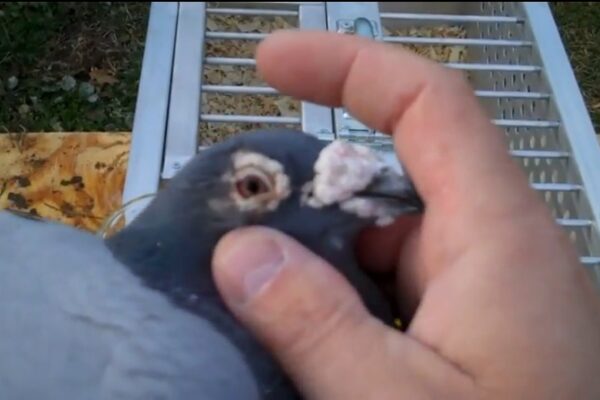
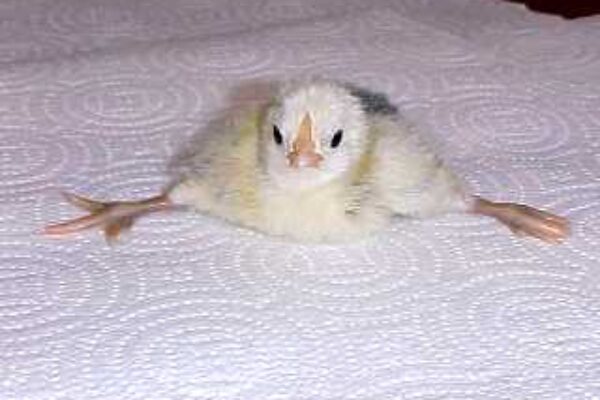
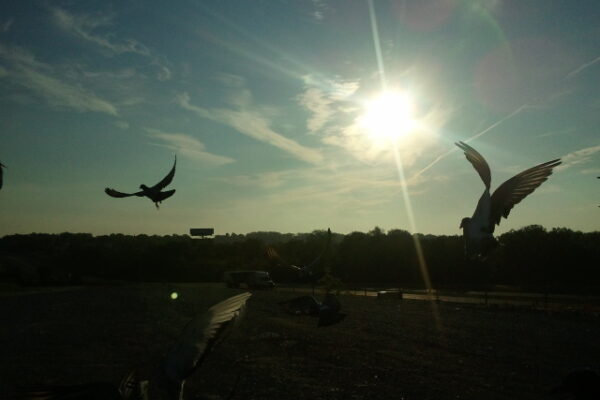
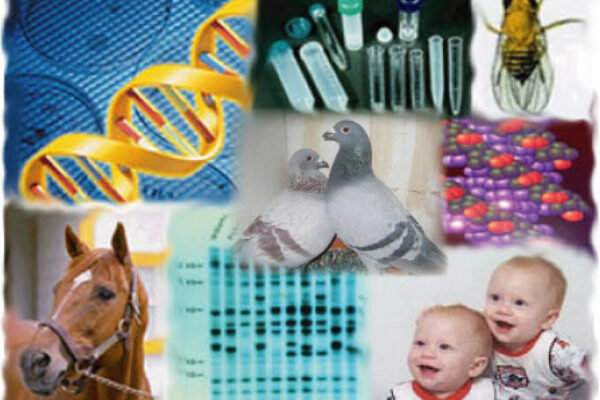
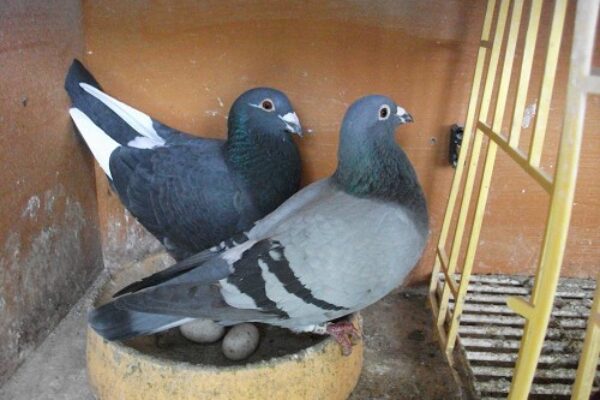


Hey
Help me in breeding .
How can I support the sport of pigeons ?
I have been using pigeondb.com for 4 years and find it very friendly.. It helps with having lists of breeders and racers by sex, Having pictures of all your birds is fun to do and going back in there line of breeding is helpful when pairing up..
I just found an Internet loft management system, school is still out on this. It’s called the Pigeondb system. So far I like it. This is not a program you download – it’s all internet and you can access it from any LT or PC as long as you can get on the internet. It can be made private or certain birds can be seen by the public.
I would love to hear about software packages and the strengths and weaknesses of each.
Does any pedigree programs keep training and racing records?
Can these programs be backed up easily?
Support from developer.
Keith this is an internet based system, Get on the internet and type in pigeondb loft system. Click on that and you can use it on a 30 day trial period. It cost about $9.00 + a year if you decide to continue with it. You be the judge. So far I really like it.